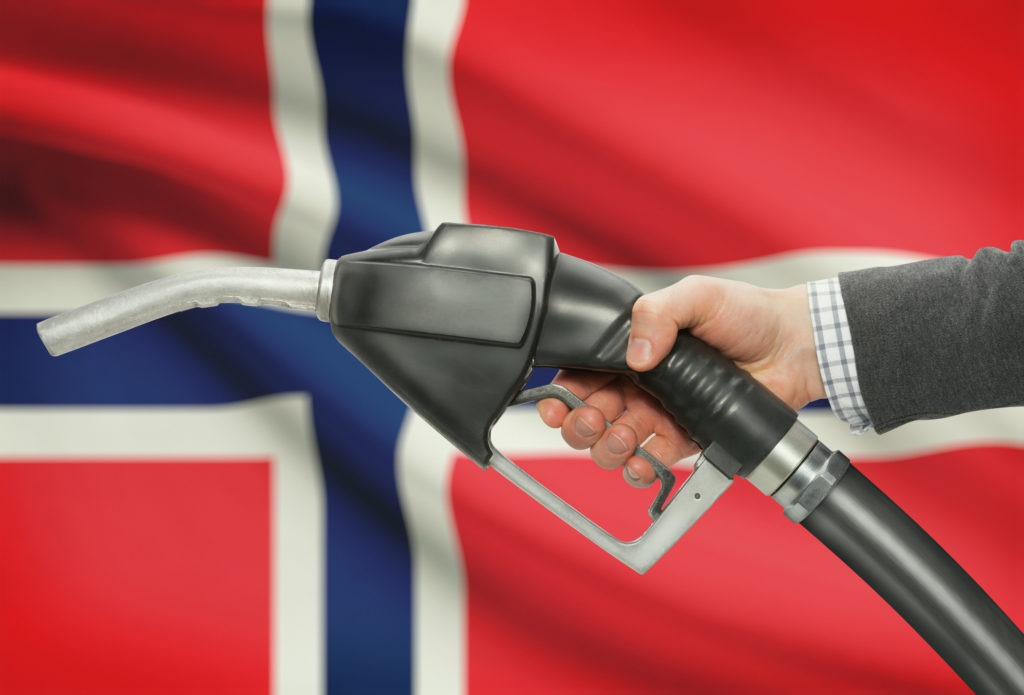Norway is a leader in EV sales but has subsidised itself into a corner
16 June 2017

16 June 2017
When it comes to leaders in electric vehicles (EVs), Norway is top of the list. Around 35% of new cars sold in the country have some form of plug-in electrification, while the Government there has a target for all cars to be zero emission by 2025.
However, much of this adoption has been built around a program of subsidies, as current EVs are not able to compete with petrol vehicles in terms of price. While the country’s Government believes that price parity will come about by 2025, due to the falling cost of batteries and rising demand, many manufacturers believe it more likely to be 2030 before petrol and electric achieve price parity.
However, to ensure that the take up of EVs continues, there needs to be a point where public finances are not required for their purchase. If Norway wants to highlight to the rest of the world that the market for these vehicles can grow, it needs to do so organically. Penalties on fossil fuels and subsidies may drive many to plug-in power but it cannot then be claimed as free choice of the consumer.
Norway first introduced big incentives for electric vehicles in the 1990s, mainly to help local carmakers who were producing small quantities of models for the small uptake at the time. However, these firms are long since gone, while vehicles such as the Nissan Leaf and Tesla Model S have become mainstays of the industry. In 2011, the number of EVs in Norway doubled, and continued to do so for the following four years, meaning there are today over 110,000 of these cars on the roads, equating to 4% of the country’s car parc.
EVs in Norway are free from any purchase tax and the country’s 25% VAT. However, a proposal to raise their road tax while cutting it for petrol cars caused a crisis within the government in 2016. This raises the challenge of how the country can raise taxes while still offering incentives. Otherwise if the proposal of an all zero-emission network is realised, it could cost the government dearly, losing out on taxes and VAT in vehicle sales, while investments in charging stations are also not being made back due to free charging.
Norway wants to be a leader in plug-in technology, however many will now be watching to see how it is able to ensure that zero-emission sales can grow when it starts to wean its drivers away from any subsidies. Conversely, the Norwegian Government will undoubtedly be spooked by seeing the sales of EVs plummet by 60% in Scandinavian neighbour Denmark.